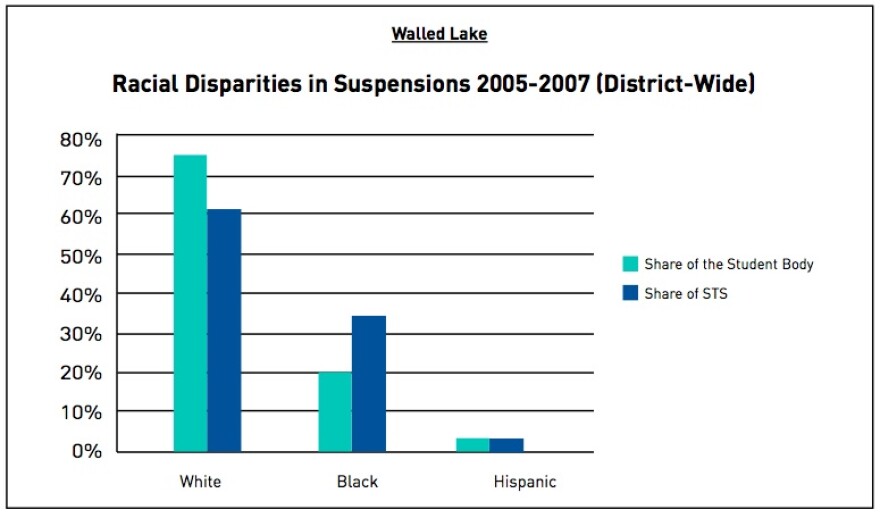A few recent recent stories made me wonder how much a health or special education diagnosis can impact a kids achievement in school.
- Two New York Times articles about the prescription of drugs for attention deficit disorders illustrated the class and race disparities in access to treatment. In "Drowned in a sea of prescriptions"), Alan Schwarz related the tragic story of a middle-class young man, clearly addicted to Adderall. His parents believe that over-prescription played a part in his suicide. In an earlier article, "Attention Disorder or Not, Pills to Help in School," Schwarz spoke with doctors advocating prescriptions of drugs, such as Adderall, Risperdal to low-income kids. One doctor claims this is a last ditch effort to help with "poor academic performance in inadequate schools."
- The Detroit Free Press' Joe Rexrode had a story about Michigan State University (MSU) basketball player Adriean Payne. Despite learning disabilities, Payne is persistent in using MSU's Resource Center for Persons with Disabilities to make sure he earns his bachelor's degree. He wants other students with learning disabilities to know that they don't have to settle for less from our education system.
Jen's post on Monday about the achievement gap raised questions about students with learning and other disabilities. The NYT and Freep stories highlight the importance of a supportive adult system in helping students navigate the bureaucracy so they can get help. Jen concludes her post by asking, "What would it take to get all students to achieve academic success no matter their race?"
There's another layer to the achievement gap problem: the discipline gap. Researchers at Harvard and elsewhere find a gap between between white and black students and between students without disabilities and those with recognized disabilities in their discipline rates. This is especially the case with suspensions. White students do receive suspensions, but as the Michigan ACLU points out, the rate of black students suspended is disproportionate to their enrollment numbers overall [pdf report].
The law requires pre-suspension testing for disabilities. School districts are also required to conduct "child find" searches to identify students with disabilities. Once found and diagnosed those same children are entitled to attend school, under the Individuals with Disabilities Education Act (IDEA). Should behavioral issues arise, due process under IDEA requires a "manifestation review." According to an article in the Michigan Bar Journal, this review is used to determine whether the actionable behavior is related to the student's disability. The school district is also required to determine what it could have done to prevent the misconduct, if it is disability-related.
Key to the discipline gap is whether all of the children with disabilities are actually found. Do class and race disparities contribute to whether a student's disruptive behavior is attributed to a disability? Or, as the Michigan ACLU claims, are black students assumed to be willfully acting out? This is the discipline gap that black students disproportionately fall into, according to the ACLU report.
The report doesn't, however, disaggregate the data by socioeconomic status (SES). For predominately white schools with high incidences of white students suspended, are poor students with undiagnosed disabilities also susceptible the discipline gap?

What are the long-term implications of suspensions that disregard students disabilities? Why are legal organizations, like the Michigan Bar and ACLU, concerned that the discipline gap contributes to what they describe as the "schools-to-prison pipeline"? In another post, we'll look at some further implications of the discipline gap.



